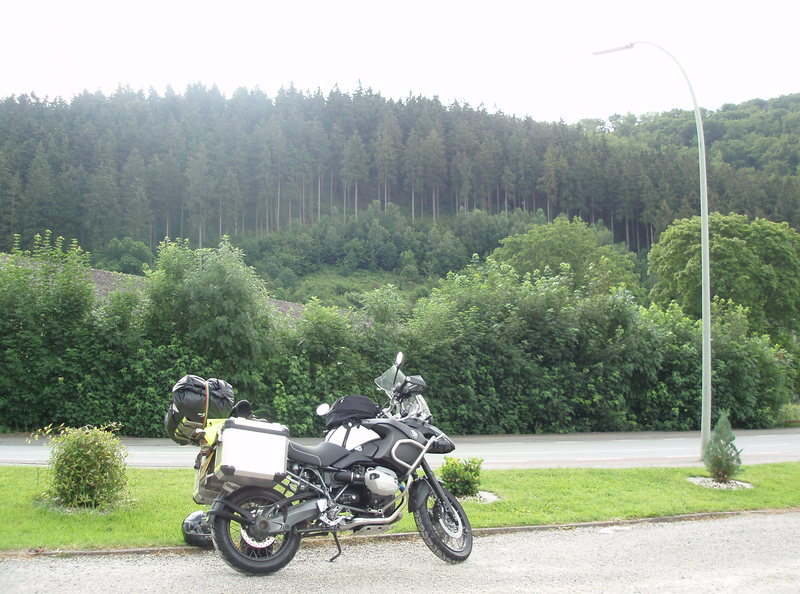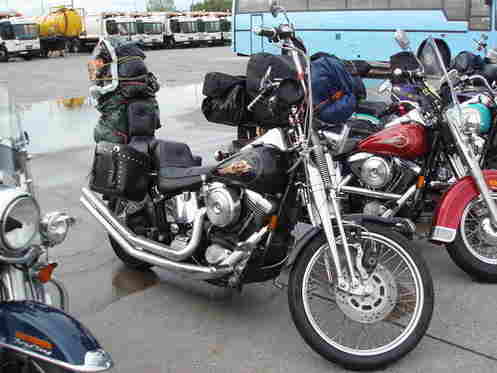MAHLE Powertrain and Vepro strengthen UK’s role in global motorcycle development
Posted on
- MAHLE Powertrain and Vepro agree partnership to accelerate development of sustainable solutions for motorcycle and light-vehicle sectors
- Decades of combined experience builds on the UK’s continued growth as a centre of excellence for motorcycle development
- Capitalises on MAHLE Powertrain’s unrivalled facilities, including world’s first motorcycle dyno to operate in climatic and altitude test cells
MAHLE Powertrain and Vepro, an engineering consultancy with decades of experience in motorcycle and light vehicle development, have agreed a technical partnership that will build on the United Kingdom’s continued re-emergence as a centre of excellence for motorcycle development and manufacturing. The partnership will accelerate the creation of innovative solutions to the challenges faced by OEMs across the globe, particularly to drive mobility for a sustainable future. This is work MAHLE Powertrain excels at, with their Northampton facility equipped with the world’s first motorcycle dynamometer that can offer climatic and altitude testing.
“World-famous and storied brands are increasingly choosing to base their development efforts in the UK, and together that makes us well placed to offer the complex range of services that motorcycle and light vehicle producers need,” said John Hollingworth, Sales and Marketing Director at MAHLE Powertrain.
“This year is shaping up to be an excellent year for the British powered two-wheeler and light-vehicle industry,” said Neil Wright, who founded Vepro after more than a decade working for global brands including Triumph Motorcycles. “That’s thanks to the rise of small, enterprising brands and start-ups, but also the return of famous marques such as Royal Enfield, Norton and BSA as they develop their R&D centres, often in the same area where it all began more than a hundred years ago. We’re delighted to be joining forces with MAHLE Powertrain to ensure the support these manufacturers need is always on their doorstep as well as offering support to OEMs further afield.”
Vepro’s experience with full vehicle development is perfectly complemented by MAHLE Powertrain’s expertise with vehicle powertrains, both for traditional internal combustion engines and eMobility. At the company’s state-of-the-art vehicle and battery development centre in Northampton, a purpose-designed mobile motorcycle dyno can be set-up in the facility’s various test chambers. There it can recreate climatic conditions ranging from -40°C to +60°C, humidity ranging from 10% to 80%, and simulate altitudes up to 5,000m (16,400ft).
This unique capability drastically simplifies the development of powered two-wheelers by moving testing to a safer, more controlled environment, away from the challenges and dangers of the real world. By simulating such a broad range of environmental conditions, calibration and verification work can be completed in much shorter timescales, and without the need for expensive and time-consuming international testing regimes.
Lab-based testing also allows for greater repeatability and is particularly important when calibrating products for markets such as China where emissions standards are now among the most stringent in the world.
Standards for motorcycles and light vehicles generally lag behind those of passenger cars. That creates an opportunity to maximise the use of MAHLE Powertrain’s decades of experience in these sectors as technologies developed for larger vehicles filter down throughout the industry.







